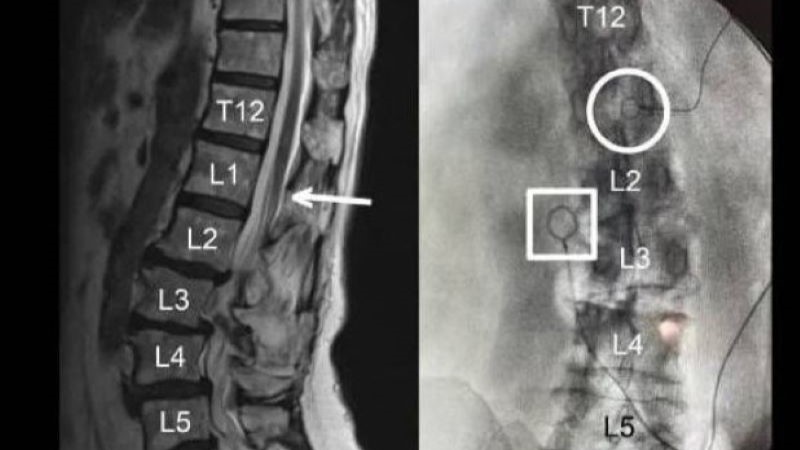
In the wake of the opioid epidemic, prescriptions for non-opioid alternatives have been on the rise. Opioids and non-opioid medications are often prescribed to patients living with chronic pain and/or following orthopedic surgery. However, a new study reported an alarming upward trend in the rates of use in suicide attempts, misuse, and toxicity associated with non-opioid alternatives gabapentin and baclofen.
“We are seeing a worrying increase in harmful exposures to gabapentin and baclofen in US adults over recent years, which may be an unintended consequence of the move away from opioid prescriptions for pain management,” said lead study author Kimberly Reynolds, of the University of Pittsburgh, in a press release.
The retrospective study, published in Clinical Toxicology, included data gathered by U.S. Poison Centers entered in the National Poison Data System. Data included exposures to gabapentin (2013–2017) and baclofen (2014–2017) in patients aged 18 years and older. Demographics, common co-ingestions, medical outcomes, and geographic distribution were all considered.
The analysis included 74,175 gabapentin exposures. Over the five-year study period of gabapentin, all gabapentin exposures increased by 72.3%, isolated exposures by 67.1%, and isolated abuse/misuse exposures by 119.9%. A total of 15,397 baclofen exposures were identified during the four-year baclofen study period; all exposures increased by 36.2%, isolated exposures by 35.0%, and isolated abuse/misuse exposures by 31.7%. the authors observed a significant proportion of co-ingestions of sedatives and opioids for both gabapentin and baclofen. More than half of isolated baclofen exposures required admission to a health care facility (52.1%), compared to 16.7% of isolated gabapentin exposures. Over the five-year study period, the rate of intentional suspected suicide attempts with isolated gabapentin exposures increased by 80.5%, and over the four-year baclofen study period, increased by 43.0%. Gabapentin exposures increased in all states, and baclofen exposures, gabapentin misuse/abuse, and baclofen misuse/abuse increased in most states.
“Building a better understanding of the risks carried by these non-opioid medications is necessary so that providers and patients can make better-informed decisions about their role in pain management – and could also lead to the introduction of new public health measures,” said Ms. Reynolds.
The authors concluded in their report, “Harmful, costly exposures to gabapentin and baclofen related to intentional use have significantly increased in US adults since 2013. … While the risks of opioids have been widely publicized, medication alternatives to opioids also carry risks that need to be better understood, described, and disseminated so that providers and patients can make decisions regarding the role of these medications in their pain management based upon an evidence-informed risk-benefit analysis.”







 © 2025 Mashup Media, LLC, a Formedics Property. All Rights Reserved.
© 2025 Mashup Media, LLC, a Formedics Property. All Rights Reserved.